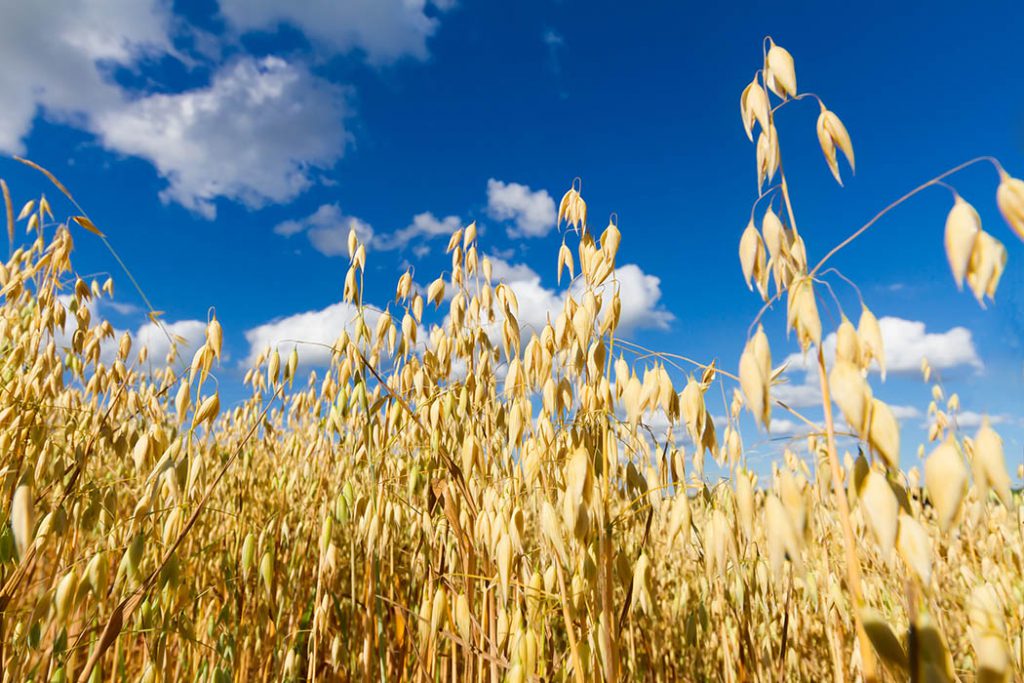Grain Farmers of Ontario asks for practical and realistic solutions on fertilizer emission reduction goals

Guelph, ON – September 8, 2022 – Grain Farmers of Ontario, the province’s largest commodity organization, representing Ontario’s 28,000 barley, corn, oat, soybean, and wheat farmers, has submitted its response to the federal government’s fertilizer emissions reduction target consultation, and requests the continuation of meaningful consultation and engagement with farmers and farm organizations before commitments are made.
“Ontario grain farmers have a global reputation for being world-leading adopters of sustainable farming practices. It is critical that these practices are recognized and supported while we work with the government to achieve its climate goals,” said Brendan Byrne, chair, Grain Farmers of Ontario. “In our submission, Grain Farmers of Ontario championed the importance of continued yield increases and advocated for practical and realistic solutions.”
Specifically, Grain Farmers of Ontario has asked Agriculture and Agri-Food Canada to prioritize the following asks:
- Maintain productivity –Recognize the sustainable intensification of farm production that allows for significant reductions in agricultural emission intensity without risking Canada’s contribution to the global supply of food or economic growth within the sector.
- Recognize the best available data – Address critical data gaps in emissions quantification data and look to established and trusted sources of usage pattern data, such as Fertilizer Canada’s fertilizer use survey information on farm nutrient practices in Canada.
- Recognize and support 4R nutrient stewardship – Formally and publicly, recognize and support 4R Nutrient Stewardship as a trusted solution to improving nutrient use efficiency and minimizing environmental loss.
- 4R Ontario Certification as the gold standard – Recognize the voluntary adaptive management approach taken with the 4R Ontario Certification program and sign onto the current Ontario 4R MOC along with the Province of Ontario, conservation authorities, agri-retailers, and farmers.
- Nutrient Application Rates – Recognize that any reduction in fertilizer rates will impact farmers’ ability to be economically viable while impacting their ability to produce high-yielding and high-quality crops for Canada and the world. Farmers must be recognized for using the best science and agronomic advice to make rate-based decisions on nutrient application.
- Improved mechanisms for change – In partnership with Canadian producers, prioritize the development of a nitrous oxide emissions reduction protocol to help incentivize and de-risk broader adoption of more complicated and costly advanced nutrient stewardship practices and technologies.
- Funding Programs – Use existing regional infrastructure and expertise, like 4R Ontario, to create alignment with pre-existing programs administered through established and regionally relevant delivery agents.
- Education – Recognize and fund the current education and training program through trusted sources, including 4R Ontario and 4R Certified CCAs, to communicate and transfer knowledge to farmers on 4R Nutrient Stewardship.
- Funding Research – Fund research that creates win-win scenarios, working towards economic and environmental sustainability, as one should not compromise the other.
As of 2022, over six million acres have been verified under 4R management in Canada. In Ontario, just under one million acres have gone through the additional rigour of being certified under the audited 4R Nutrient Stewardship Certification program. Of Canada’s largest field crops, Ontario corn growers have been early adopters, with 68 per cent of corn acres in Ontario following Basic 4R Principals in 2021. And since 1981, Ontario’s grain farmers have reduced their greenhouse gas emissions by 45 per cent in corn, 18 per cent in soybeans, and 36 per cent in winter wheat.
“Having only seven growing seasons to work towards the federal target on the precipice of a global food shortage puts unnecessary and significant stress on farmers and the public,” said Byrne. “Grain Farmers of Ontario strongly oppose an absolute target of 30 per cent reduction of fertilizer emissions. This goal would dramatically limit our farmer-members’ productivity and negatively impact food security. Instead, we need practical and realistic solutions that balance all three environmental, social and economic pillars of sustainability.”
Contact:
Victoria Berry, Communications
226-820-6641
vberry@gfo.ca

